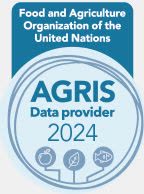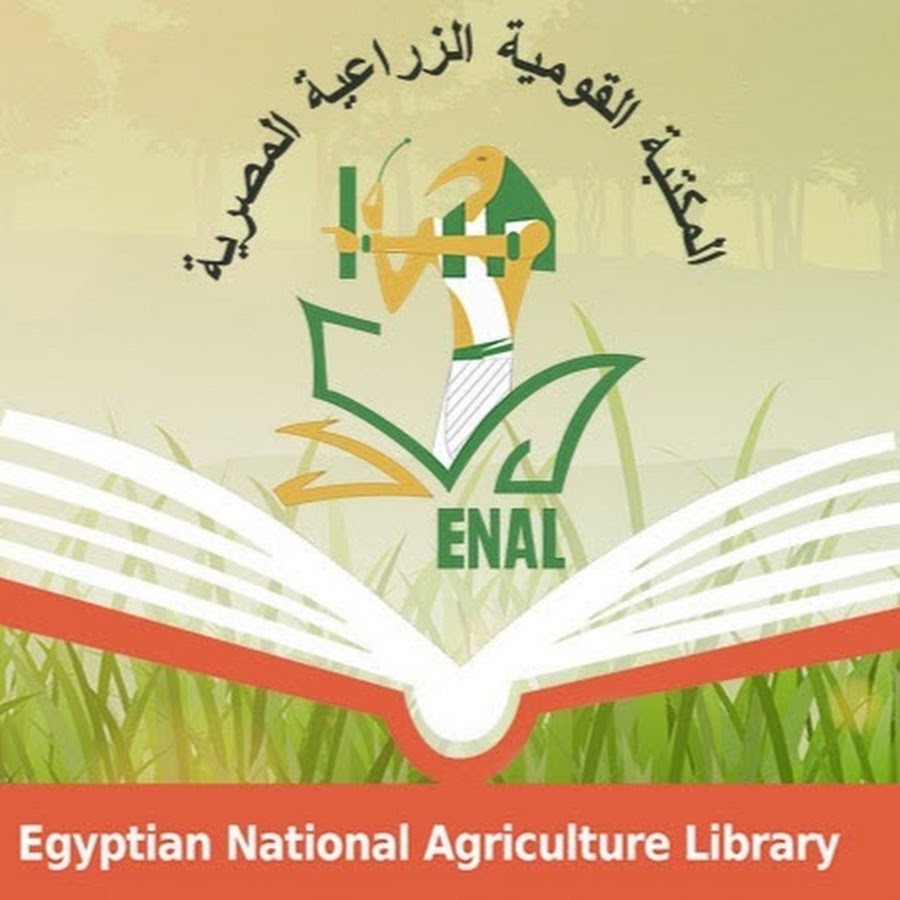Characterization of rice germplasms based on various seedling traits and growth stages
DOI:
https://doi.org/10.63072/aab.22004Keywords:
Days after transplantation (DAT), Growth stages, Leaf length, Leaf width, Rice, Seedling lengthAbstract
Rice is very important for Pakistan’s economy. To increase rice exports and ensure food security, it is essential to plan development patterns and select the best rice genotypes for cultivation. This research was done at the Agricultural Research Institute in Dera Ismail Khan, Pakistan during the Kharif season, 2020. The study characterized five rice varieties by inspecting various seedling’s attributes and growth stages. A randomized complete block design with three replications was used to minimize bias in the study. Data collected at 10, 20, 30, and 40 days after transplantation (DAT) disclosed significant variations among rice genotypes. At the nursery stage, seedling length, leaf length, and leaf width varied significantly, with DR-82 showing the highest seedling length (59 cm). The number of tillers per plant, leaf length, and leaf width at 10, 20, 30, and 40 DAT also exhibited substantial differences among genotypes. DR-82 consistently displayed dominant performance in terms of tillers and leaf length. The analysis of variance (ANOVA) showed significant differences in seedling traits, and mean performance results that emphasized the unique characteristics of each genotype. The study provides valuable insights into rice breeding, cultivation, and selection of genotypes suitable for general cultivation. These findings contributed to the optimization of rice production practices, thereby enhancing the competitiveness of Pakistani rice in the international market and supporting the country’s economic growth. © 2022 The Author(s)
Downloads
Published
How to Cite
Issue
Section
License
Copyright (c) 2022 Advances in Agriculture and Biology

This work is licensed under a Creative Commons Attribution-NonCommercial 4.0 International License.





























